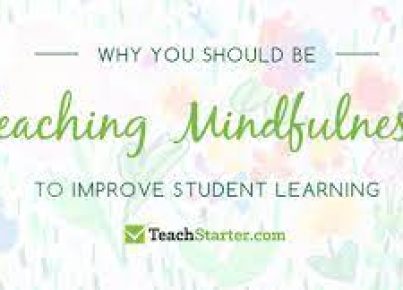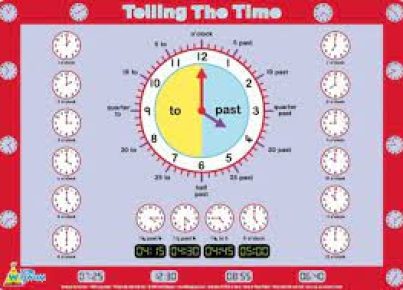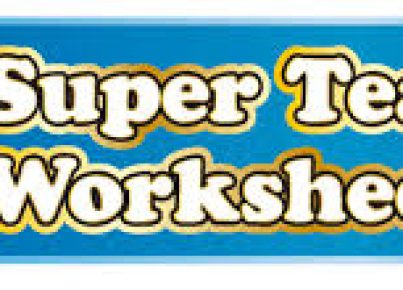In educational settings, acronyms often fly around like paper planes in a classroom on a Friday afternoon. While some may flutter away into the archives of forgotten lingo, others stick the landing and become integral to teaching and learning practices. Two such acronyms are WALT and WILF – shorthand terms that are music to the ears of educators worldwide for their simplicity and effectiveness.
WALT stands for “We Are Learning To” and is a phrase that sets clear learning intentions for students. It is an upfront declaration of the goal of a lesson, the ‘what’ that teachers expect students to understand or be able to do by the end of a session. By sharing WALT with students at the beginning of a lesson, it helps them to focus on what’s important, providing a clear objective that guides their learning journey.
Let’s look at an example:
WALT: Identify and use metaphors and similes in our writing.
Here, students know the purpose of the lesson is not just recognizing metaphors and similes but also applying them effectively in their work.
WILF, on the other hand, stands for “What I’m Looking For,” and complements WALT by setting specific criteria for success. With WILF, students can understand how they will achieve the learning intention laid out by WALT. It acts like a roadmap showing specific checkpoints or criteria that signal they’re on the right track.
Consider this example:
WILF: You can demonstrate your understanding by writing three sentences that each contain a metaphor or simile.
This helps students know exactly what needs to be done to meet the objectives of the lesson.
By combining WALT and WILF, educators provide a robust framework for student success. Students are not only clear on what they need to learn (WALT) but also on how to excel in that learning goal (WILF).
In short, understanding and effectively implementing WALT and WILF can transform teaching practices. These principles encourage active planning, promote student engagement, ensure clarity around objectives, and provide measurable outcomes for both teachers and students alike. The goss on WALT and WILF? They’re simple yet powerful tools passing note-worthy class after class.





